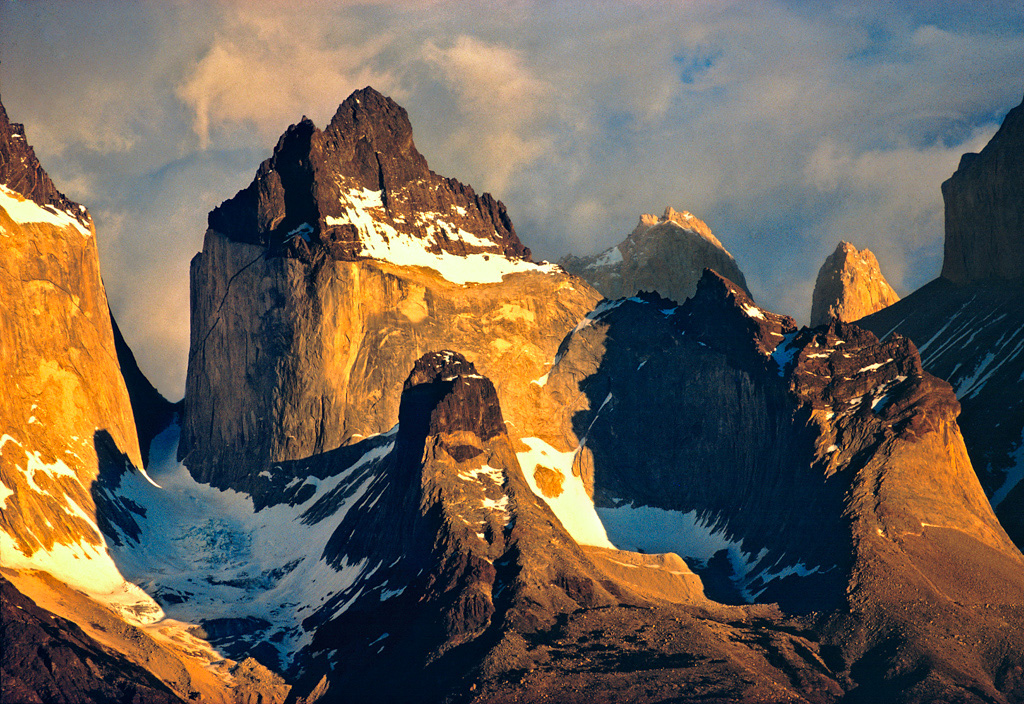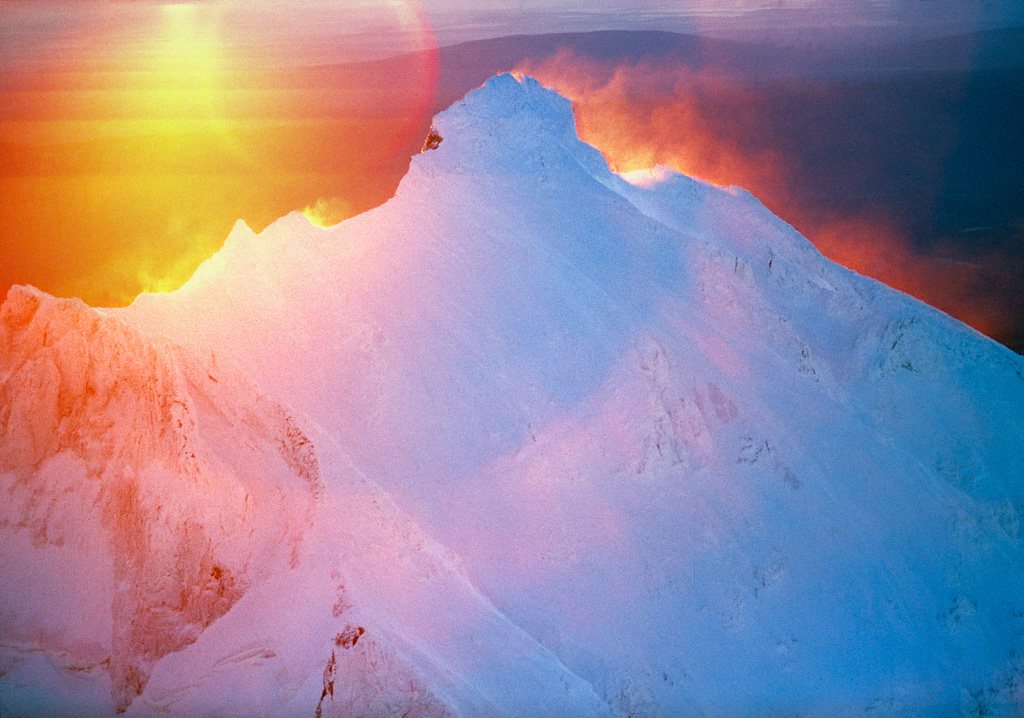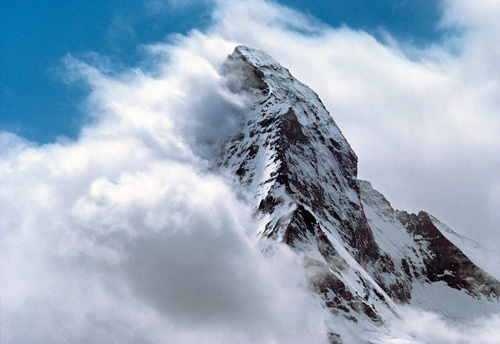Your mercy, O Lord, is in the heavens; Your faithfulness reaches to the clouds. Your righteousness is like the great mountains; Your judgments are a great deep; O Lord, You preserve man and beast. Psalm 36:5-6
With poetic names such as “Roof of the World,” “Abode of the Snows,” and “Range of Light,” mountains have stirred the human imagination since the beginning of time. The Bible frequently uses them as metaphors for heaven—symbolizing the true dwelling place of God—and as identifiers for the different stages of God’s history of salvation. The Old Covenant law, given to Moses at Mount Sinai during Israel’s exodus from Egypt, is characterized by a fear of God’s holy and righteous judgment, as depicted by the “consuming fire on the top of the mountain” (Exodus 24:17). Yet, it is by the impossible demands of His law that God reveals man’s sin and his need for God’s saving grace. In the New Covenant, symbolized by the church as the new Jerusalem on heavenly Mount Zion (Hebrews 12:18-24), God offers to believers what they can never earn—forgiveness of their sins and the gift of eternal life—by paying for it with the awful price of His sinless Son’s crucifixion (John 3:16).
For behold, He who forms the mountains, and creates the wind, who declares to man what his thought is, and makes the morning darkness, who treads the high places of the earth—the Lord God of hosts is His name. Amos 4:13
It was two hours till dawn, but the hope of photographing first light on the Payne wouldn’t let me sleep—so shouldering my pack, I headed out to wait and watch for sunrise. Slowly, almost imperceptibly, the sky began to lighten, revealing a solid gray ceiling and the very strong possibility of a photographic “dud.” But being an optimist, I decided to wait it out. Then just as I began to pack up my gear, God graciously pierced the clouds with a golden shaft of light and spotlighted the spectacular granite spires of His awesome mountain sculpture
The sight of the glory of the Lord was like a consuming fire on the top of the mountain. Exodus 24:17
In addition to their significance as biblical symbols and their ability to stir the souls of artists and adventurers everywhere, mountains play a vital role in maintaining the equilibrium of the earth. Because mountains force surface winds to rise over them, causing the air to cool and its moisture to condense into rain or snow, they have a strong influence on a region’s climate. Most of this moisture is dropped on the windward side of the mountains, leaving the leeward side dry—thus creating many of the earth’s deserts. The mountains’ windward sides, however, are frequently very wet: summit snowfields give birth to major rivers, and warmer lower slopes support large forests and an abundant variety of life forms.
Photo Locations: 1. Aiguilles du Midi, Chamonix, France. 2. Cuernos del Paine, Southern Chile. 3. Mt. Jefferson aerial, Oregon. 4. Matterhorn, Zermatt, Switzerland. 5. Mt. Chephren, Alberta, Canada.





